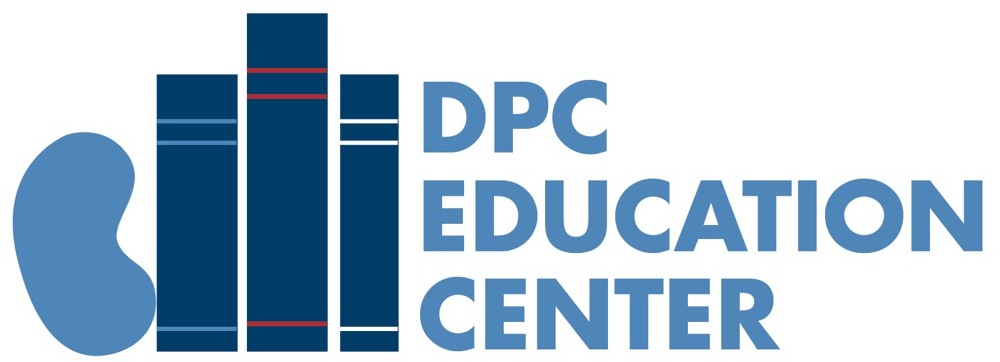Kidney disease often goes undetected in the general population, but children and adolescents are at an even greater risk due to the nature of the causes of the diseases and the ambiguity of the symptoms.
- In adults, 90% of cases are related to glomerular based renal disease caused by diabetes, hypertension and glomerulonephritis, which cues physicians to suspect kidney disease.
- In children, 70% of CKD is associated with tubulointerstitial disease and lack the obvious symptoms such as hematuria (red blood cells in the urine), hypertension (high blood pressure) or edema (swelling). (1)
Adding to this difficulty, children might not be aware of some of the changes that are impacting their body and will not always let their parents know of potential issues.
Common symptoms for children are:
- Swelling (even mild) of the hands and feet and/or puffiness around the eyes caused by excess fluid build-up, to the point where the child’s ability to move around normally is compromised
- After initial swelling, socks or a belt can leave an indentation in the skin that will persist
- Lack of or decrease in appetite.
- In children with ESRD it is especially important to keep their appetite up because transplant eligibility is based partially on growth.
- Decreased or increased frequency of urination. Children who can normally use the toilet without assistance may suddenly begin to wet the bed at night
- Long-lasting changes in the color of the urine such as unusually dark or red, which can indicate blood, and changes in appearance of urine such as extra foam that can indicate protein
- Headaches resulting from high blood pressure (2)
- Flu-like Symptoms such as nausea, vomiting, weakness, fatigue, loss of appetite
- Stunted or poor growth as compared to similar age group peers
- Difficulty concentrating and poor school performance
Another potential indicator of pediatric kidney disease is family history of kidney disease. Genetic related disease is much more common in children than in adults. If there is family history, it is a good idea to get a check-up.
In parents that are pregnant with a child with polycystic kidney disease a common symptom is decreased amniotic fluid.
Looking at the list of common symptoms it is easy to see how CKD can go undiagnosed. As a parent or caregiver, it is important to have conversations with your children to understand the severity and duration of the symptoms and follow up with your primary care physician.
References
- Bunchman, Timothy E. (2008) Pediatric Chronic Kidney Disease: Lack of Overt Symptoms Makes Diagnosis Challenging. Nephrology Times. Volume 1(4). Retrieved from http://journals.lww.com/nephrologytimes/Fulltext/2008/04000/Pediatric_Chronic_Kidney_Disease__Lack_of_Overt.12.aspx.
- Kids Health. Kidney Diseases in Childhood. (2009). Retrieved from http://kidshealth.org/parent/medical/kidney/kidney_diseases_childhood.html#a_Symptoms_of_Kidney_Problems.



